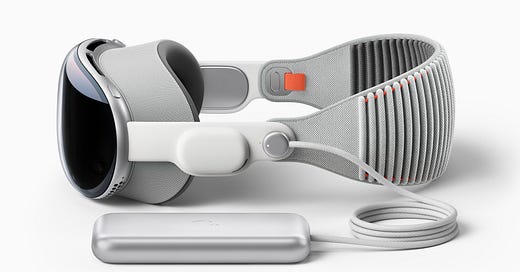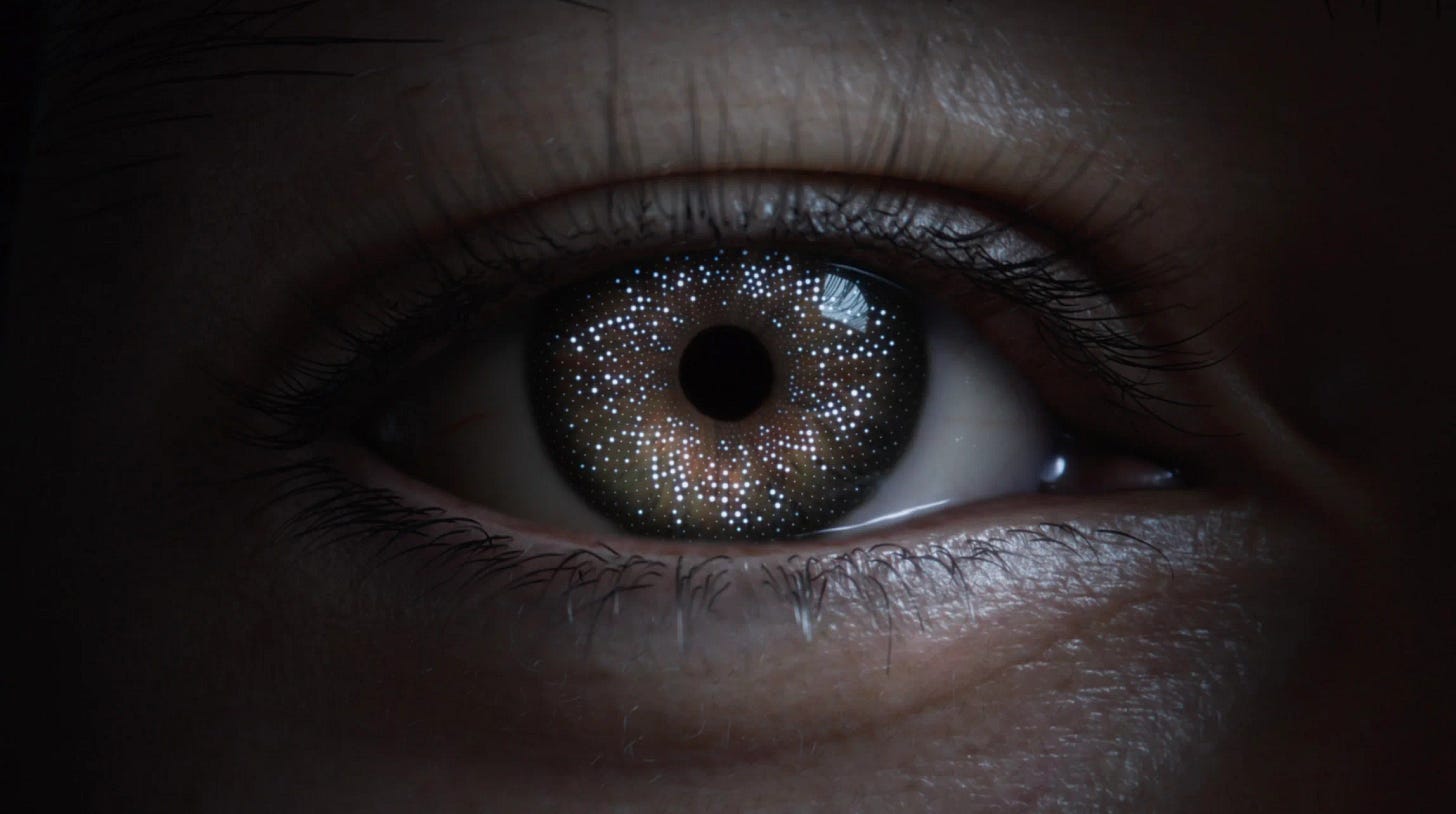How Apple stops leaks
One of the most impressive things about Apple's killer Vision Pro announcement was how many details Apple kept secret beforehand.
In all the chatter about Apple’s new $3,499 Vision Pro AR/VR platform, few have done what I’m about to do: marvel at Apple’s growing ability to keep secrets.
Specifically, most key details about this platform never emerged until Apple announced it. Yes, we knew it would feature 4K displays, passthrough video and other features. But nobody leaked or even speculated about passthrough video in the other direction, for example — your avatar’s eyes blinking and moving to reflect the real-time movement of your real eyes.
I’ve been making predictions about Apple’s headset since 2017, and I got a lot right and a lot wrong.
What I got right
I first expressed my belief that Apple would enter the AR market five years ago.
More than any other prognosticator, I predicted early and often (starting nearly three years ago) that Apple would use avatar-based communication as an alternative to video-based FaceTime. This prediction was based on Apple’s acquisition of a company called Spaces, which was launched by DreamWorks Animation to create technology for using VR at theme parks. Covid crushed their theme park idea, so they pivoted to technology for VR video calls, whereby meeting participants would gather in a virtual space, each represented by an avatar that conveyed facial expression, head and body movement and mouth movement while talking in real time.
While Apple’s keynote demo this week showed avatars inside rectangular windows floating in the room, Apple announced to developers in a less prominent video that in the near future, meeting participants will float without the windows like holograms (called “Spacial Personas”), as I predicted.
I also started predicting the necessity for biometrics as a necessary condition for avatar-based communication. (Otherwise, imposters could show up in business meetings who look just like you, avatar-wise.) Apple had a gazillion patents for all sorts of biometrics, some of which could also detect mood. That tech may be coming later. They settled on iris-scanning for the launch.
Two years ago, I predicted the dial “for dialing in and out of VR” based in part on Apple’s 2017 acquisition of a company called Vrvana (which invented and patented that idea), plus my belief that a dial for expanding or reducing the virtual content sounded like an Apple thing to do.
Most recently I predicted (based on reporting by Bloomberg’s Mark Gurman) that Apple might announce a virtual Mac screen.
I was able to predict what I did based on public data (acquisitions and patents, mostly) plus Apple kremnology — reverse engineering Apple’s own product-design culture.
What I got wrong
While I correctly predicted avatar-based communication, I wrongly assumed Apple would use Memojis, rather than attempting photorealistic avatars. They lean on Memojis so heavily for iPhone users I thought that would be a natural direction.
I assume now that Apple decided Memojis were too consumerism for the target business market. (I still hold out that Apple may offer Memojis as an alternative, at least for consumers, as journalists who have tried the feature say there may be some “uncanny valley” issues with Apple’s lifelike-avatar approach.)
In recent months, I’ve been predicting that Apple’s glasses would be branded with the word “Reality.” Over time, the rest of the tech pressed picked up on the same clues I did, and the consensus going into the announcement was that it would be called “Reality Pro.” It’s likely that Apple deliberately planted “reality” clues in code and trademark filing to misdirect. It’s also possible they switched to the “Vision” branding at the last minute. We don’t know.
Years ago, I predicted that Apple’s glasses would connect to the iPhone. It seemed like a rational way to keep the price down. Later leaks revealed that it wouldn’t. Both price and performance reflect that.
I also wrongly predicted last year that Vision Pro would be mainly for developers — more of a proof-of-concept than a bona fide consumer and business product. But we learned from the announcement that Vision Pro is intended to be a product for users, not just developers.
Plus, Apple announced hundreds of features and product details neither I, nor anyone else, predicted.
The question is: How did they do that?
Mike’s List of Shameless Self Promotions
Who wants a regular laptop with a 100-in. screen?
Now social engineering attackers have AI. Do you?
Read ELGAN.COM for more!
Mike’s Location: New York
(Why Mike is always traveling.)











